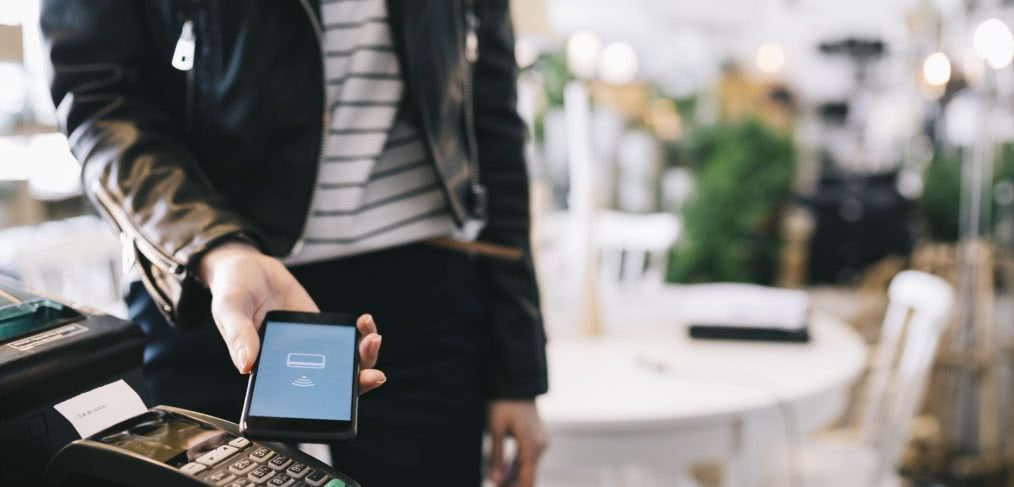
The Power of Wallflowers: How appealing to introverts can make the retail experience better for everyone
CallisonRTKL’s Michael Trenary discusses why retailers should focus on this untapped market.
Introverts compose up to 50 percent of the population. But retailers and other service providers rarely cater to them.
With brick-and-mortar retailers so focused on creating big, ostentatious, social experiences to draw customers back into the store, introverts like myself are often left feeling like they should have just shopped online.
Retailers don’t need to completely change what they’re doing, but they should rethink their strategy a bit. And I would argue that appealing more to introverts and anticipating their needs will make for a better retail experience for all customers.
The most important experiences to introverts are those that are fundamental touchpoints within the typical retail experience: the fitting room and check-out. Are the fitting rooms clean and comfortable? Secure and quiet? Is the lighting flattering? Do you feel like you can stay and linger or like you need to get out? Do you have to wait in a long line to make a purchase? Are you being force-fed impulse items while you wait? Can you get in and out without being interrupted by a sales associate?
Once the basic experiences are dialed in, brands can start to consider incorporating additional experiences into the environment. A lot of retailers start with elaborate lounge spaces, showy digital experiences, and even concert venues. While these experiences might be great for extroverts, large touchscreen displays in the middle of the store, where anyone shopping could see exactly what you’re doing, is kind of a private person’s worst nightmare. In our experience, our clients who put those touchscreen kiosks in have found that no one was using them, preferring instead to use their personal mobile devices. And these more “fun,” out-of-the-box experiences should always be tied back to brand. A store should have a DJ booth because the brand is music-focused, not just because DJ booths are cool.
From an introvert’s perspective, a better place to start is by borrowing aspects of an industry that is geared toward service: hospitality. The level of personalized, on-demand service that we’ve come to expect from restaurants and hotels is a great way to win over the hearts of customers, introvert and extrovert alike.
Omnichannel All the Way
Brands lean fully into a true omnichannel approach by first considering brick-and-mortar as a separate but complementary channel to the digital one. There is a tendency to want the brick-and-mortar channel to accomplish everything a physical store has to, as well as become a place where customers can peruse a digital “endless aisle” instead. But that approach makes for a disjointed, somewhat confusing in-store experience for us introverts – why would I browse a store’s webpage in-store when I could be doing that from home?
Instead of considering digital as an added part of the in-store experience, use the digital channel (wherever customers decide to access it) to remove friction and pain points within the experience. There’s nothing worse to an introvert than trekking all the way to the store, only to discover the item they’ve been shopping for isn’t in stock or available to try on. Instead, shoppers should be able to fulfill their service needs digitally, like finding out if a store has their size or the style they want on their phone, whether it’s through RFID or real-time inventory management software. By baking that into their omnichannel business model, brands’ in-store experiences become more intuitive and delightful instead of full of hurdles you need to engage with to get the products you’re looking for. In fact, Marriott hotel’s lobby prototype includes specific space for individual visitors and larger groups.
A More Introverted Future
More and more retailers are catching onto the fact that introverts are a huge untapped market.
But that’s not to say that extroverts are going to be ignored. Ubiquitous trends like fitting room lounges with books and charging stations, cash desks where you can customize your products, and photo booths where other shoppers can see your snaps will continue to pop up. We’ll also see more AI-enabled technology like “smart mirrors” where you can try on clothes and makeup. FinishLine is one client that is able to offer something for everyone; balancing larger-scale digital elements like a “shoe eye view” camera with a robust mobile app that offers on-demand conveniences like a peek into real-time inventory and a valuable loyalty program.
But for introverts, retailers would do well to focus on getting all the basics nailed down—and complementing the in-store experience with a robust digital channel—before adding in all the fun extras. Starbucks has always been on the cutting-edge of mobile app integration, and it not only makes the shopping experience so much more painless, but it gamifies coffee-drinking in a way that feels perfectly aligned with their brand.
Retailers are finally starting to figure out how to appeal to introverted shoppers and that’s great news for those of us who like to shop without it becoming a social event. As more retailers focus on this often-ignored segment of the shopping population, all customers, no matter their personality, will enjoy a more streamlined experience with more options to authentically engage with their favorite brands.
